I'm exploring different options for .NET PDF libraries. One of my requirements is to place a box at the bottom of the first page and if any of the content reaches the box, it should overflow onto the next page.
Shown above, paragraph 7 would normally take up some of the space that's occupied by the "reserved" area. Instead, the part that would have taken up that space is shifted to the next page.
That image was achieved using Gembox.Document by adding the box as a footer element that only renders on the first page. However, in iText7, the examples I've seen for adding a footer (such as this one), places the content as a floating element that renders over the existing content and does not affect the layout/flow of the rest of the document.
I also tried adding a paragraph on the PageEnd event handler without the canvas (snippet below), but instead of adding it to the specified page, it's added to the end of the entire document.
public void HandleEvent(Event evt)
{
var docEvent = (PdfDocumentEvent)evt;
var page = docEvent.GetPage();
int pageNum = docEvent.GetDocument().GetPageNumber(page);
if (pageNum == 1)
{
doc.Add(new Paragraph("Testing a thing"));
}
}
Is the type of effect I'm looking for something that I can replicate using iText7?

